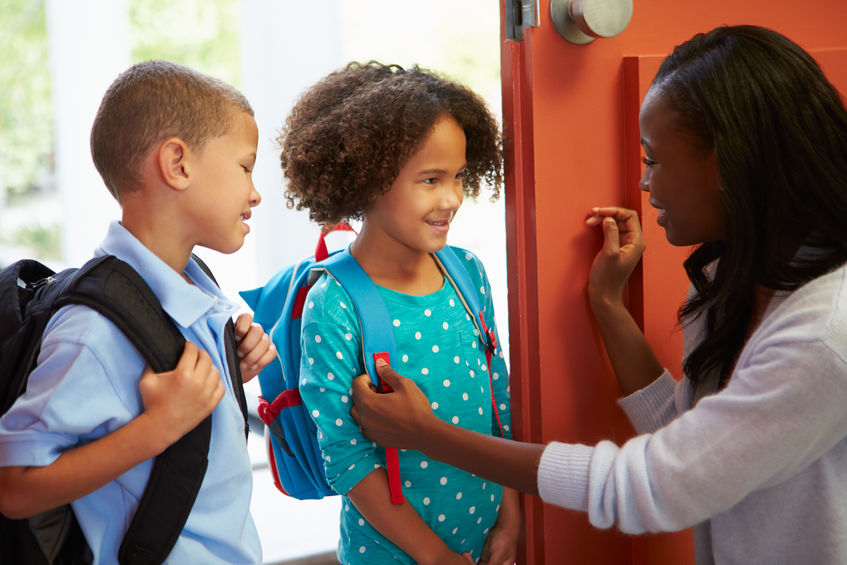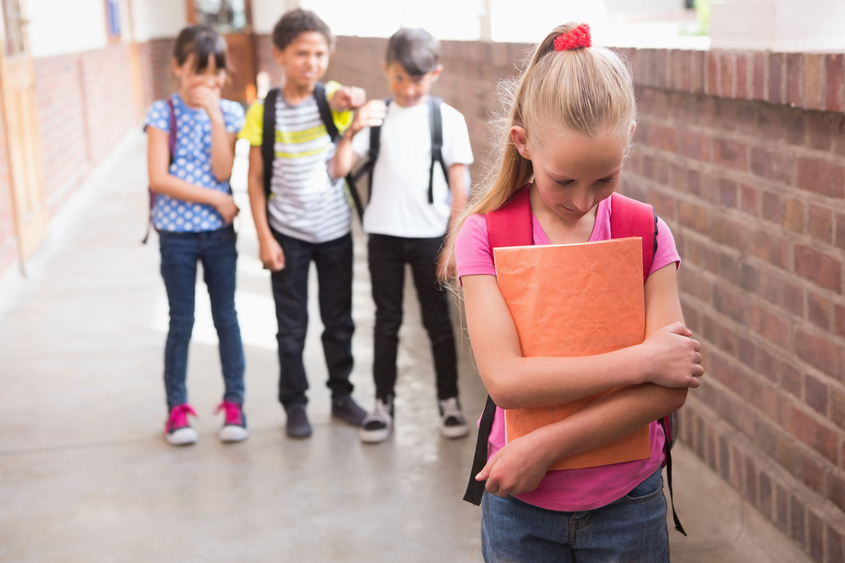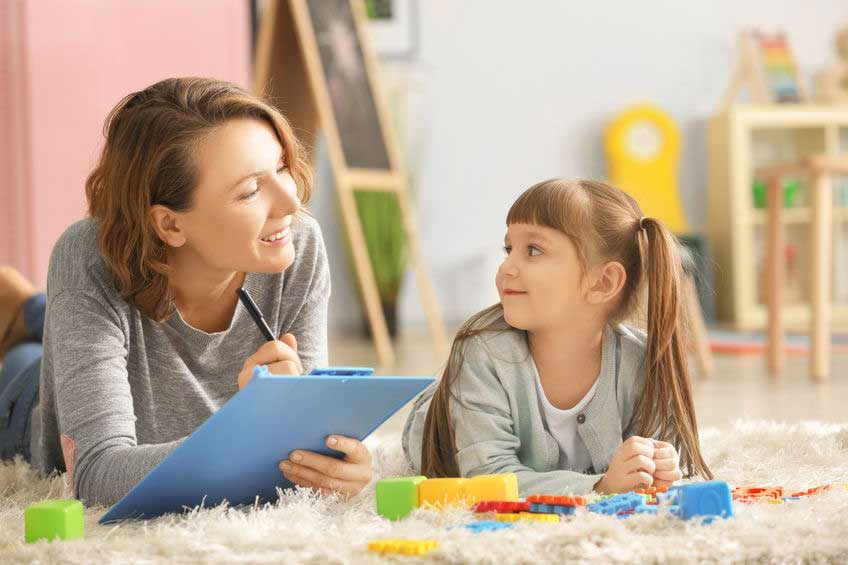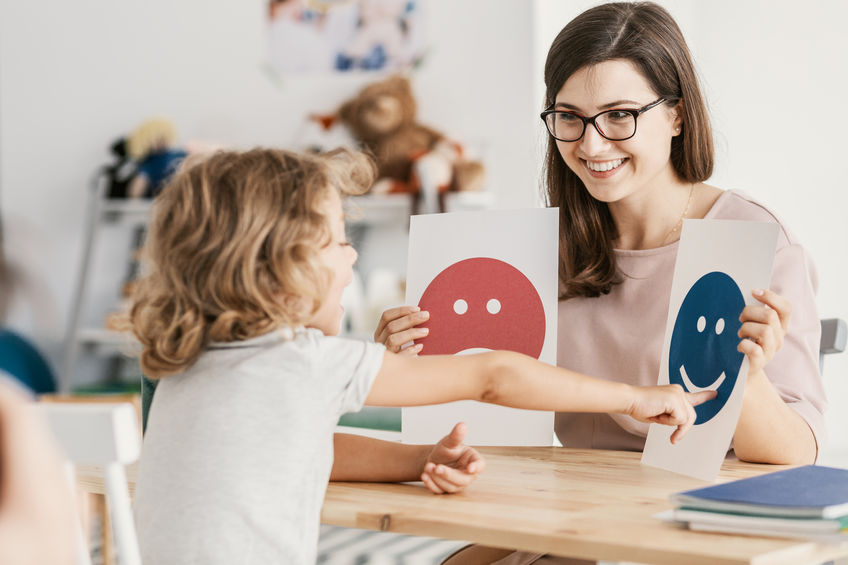Lesson Tag: Health/Wellness
How to Help Your LGBTQ+ Child Thrive
Lesson Details

We hope our children will make healthy choices, form lasting, meaningful connections, and develop a strong, positive sense of self. In other words, we want them to thrive! LGBTQ+ youth face more risks to their well-being than their non-LGBTQ+ peers. Risks are even greater for people with low income and for people of color. The good news is that with the right information you can support your child through these obstacles.
Course Lessons
We hope our children will make healthy choices, form lasting, meaningful connections, and develop a strong, positive sense of self. In other words, we want them to thrive! LGBTQ+ youth face more risks to their well-being than their non-LGBTQ+ peers. Risks are even greater for people with low income and for people of color. The good news is that with the right information you can support your child through these obstacles.
School Refusal: What’s Important to Know and What Can I Do?
Lesson Details

School refusal, also known as school avoidance, is a misunderstood and complex challenge. While school refusal is often viewed as misbehavior, in most cases students are simply too anxious to enter the school environment and, in the cases of some students, have trouble leaving their homes at all. Often, children with school refusal behaviors may complain of physical symptoms such as headaches or stomach aches before school, or repeatedly ask to visit the school nurse.
Course Lessons
School refusal, also known as school avoidance, is a misunderstood and complex challenge. While school refusal is often viewed as misbehavior, in most cases students are simply too anxious to enter the school environment and, in the cases of some students, have trouble leaving their homes at all. Often, children with school refusal behaviors may complain of physical symptoms such as headaches or stomach aches before school, or repeatedly ask to visit the school nurse.
Teens and Depression: What Really Helps?
Lesson Details

Your child’s brain is in a process of intense physical, cognitive and social development. They are becoming more aware of themselves and forming identity. As their brain changes and struggles to adapt to their social environment, they may be vulnerable to depression. Risk factors for depression include depression in the family, psycho-social, and environmental stressors.
Course Lessons
Your child’s brain is in a process of intense physical, cognitive and social development. They are becoming more aware of themselves and forming identity. As their brain changes and struggles to adapt to their social environment, they may be vulnerable to depression. Risk factors for depression include depression in the family, psycho-social, and environmental stressors.
Peer Pressure and Bullying: What Helps
Lesson Details

Bullying is a topic of concern in schools across the country. With convenient access to digital devices and social media, hurtful messages are easily spread. Adding to the distress, kids can post harmful messages with anonymity, ease and without a real-time reaction from the victim. In addition, children increasingly look to peers for direction including values, identity and codes of behavior.
Course Lessons
Bullying is a topic of concern in schools across the country. With convenient access to digital devices and social media, hurtful messages are easily spread. Adding to the distress, kids can post harmful messages with anonymity, ease and without a real-time reaction from the victim. In addition, children increasingly look to peers for direction including values, identity and codes of behavior.
10 Steps to Strengthen Your Parent-Child Relationship
Lesson Details

Strong, positive parent-child relationships are the foundation of good mental health. This class will help you focus on practical strategies to build those relationships whether you grew up in families with those kinds of connections or not. After this class you will be able to:
- Recognize the connection between relationships and mental health
- Define attachment and recognize its importance for your child’s development
- Identify and apply 10 practical steps to build a strong positive relationship with your child
Course Lessons
Strong, positive parent-child relationships are the foundation of good mental health. This class will help you focus on practical strategies to build those relationships whether you grew up in families with those kinds of connections or not. After this class you will be able to:
- Recognize the connection between relationships and mental health
- Define attachment and recognize its importance for your child’s development
- Identify and apply 10 practical steps to build a strong positive relationship with your child
What is My Role in My Child’s Therapy?
Lesson Details

Parents play an important role in children’s psychotherapy. It is important that you share concerns with the therapist and with your child, participate in creating goals for treatment. Ideally child therapists work with parents to support their child’s healthy development and address symptoms in ways that help.
Course Lessons
Parents play an important role in children’s psychotherapy. It is important that you share concerns with the therapist and with your child, participate in creating goals for treatment. Ideally child therapists work with parents to support their child’s healthy development and address symptoms in ways that help.
How Do I Know if My Child Needs Therapy and How Do I Choose a Therapist?
Lesson Details

Children develop in different ways. There are a wide range of behaviors that may be “normal” for your child. But you may be wondering if your child needs an assessment or added support from a professional.
Course Lessons
Children develop in different ways. There are a wide range of behaviors that may be “normal” for your child. But you may be wondering if your child needs an assessment or added support from a professional.
Mental Health Literacy for Parents: The Basics
Lesson Details

Mental Health Literacy is the ability to prevent, recognize and cope with mental health conditions. Parents with Mental Health Literacy recognize that their own mental health affects their children’s well-being and that children’s behavior is sometimes a call for help. Because mental health disorders are the most common diseases of childhood, our children need us to understand the ways that we can help.
Course Lessons
Mental Health Literacy is the ability to prevent, recognize and cope with mental health conditions. Parents with Mental Health Literacy recognize that their own mental health affects their children’s well-being and that children’s behavior is sometimes a call for help. Because mental health disorders are the most common diseases of childhood, our children need us to understand the ways that we can help.
How Your Childhood May Affect Your Parenting Behavior
Lesson Details

Parents are vulnerable to passing on to their children unhealthy patterns of the past. Understanding your own childhood - both the positive and difficult experiences - can prevent us from recreating the harm to our children that was done to us.
Course Lessons
Parents are vulnerable to passing on to their children unhealthy patterns of the past. Understanding your own childhood – both the positive and difficult experiences – can prevent us from recreating the harm to our children that was done to us.
